As posted on FosterEDU Blog
As class of 2015 celebrates graduating from college, they will also share the unique distinction as the most indebted class in history. Over 70% of graduates will had to have taken out a student loan, which is an 11% increase in the number of student-loan holders from a decade ago1. Here are the latest facts2summarizing the state of U.S. student debt, and its trajectory:
-
With $1.2 trillion of student debt outstanding, the debt load has skyrocketed across the board among age groups.
-
It’s not uncommon to have a significant student loan debt load, the average being a little more than $35,000 for the class of 2015: a 75% increase over a 10-year period.3
-
The longer you stay in school, the higher your debt becomes – grad students especially are faced with the highest debt burdens, but, this is also the path to earn the most as education and income remain highly correlated.
-
The less time you stay in school, the harder it is to pay off your debt – high school and college dropouts will face the biggest challenge with paying off their debt.
College is still very necessary, whatever the price, as 65% of all jobs will require postsecondary education and training by 20204. Government data from the US Department of Labor shows that the unemployment rate is significantly lower for people who have gone through higher education5.
Though the class of 2015 has been massively burdened, they’re still better off as indebted college grads than debt-free Americans with a high school diploma or less. That said, as a nation, it is our responsibility to continue to find solutions for alternative, more affordable learning options for high school, college, and career students. The student debt crisis and the dropout crisis can be addressed simultaneously if we work together to influence public policy and provide non-traditional blended-learning solutions to meet the needs of today’s generation.
